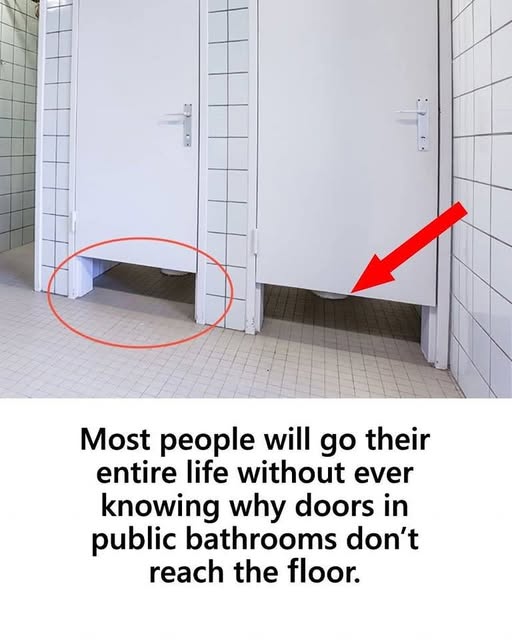Cost Considerations and Durability
From a construction standpoint, doors that don’t extend to the floor are less expensive to manufacture and install. There’s no need for precise floor measurements or adjustments for uneven surfaces, and the hardware requirements are simplified. This cost savings can be substantial when outfitting large facilities with dozens of stalls.
The gap also reduces wear and tear on door hardware. Doors that don’t scrape against floors last longer and require less frequent adjustment or replacement, reducing long-term maintenance costs.
Privacy vs. Practicality
While the gaps may compromise some privacy, most facility designers consider this an acceptable trade-off for the safety, hygiene, and operational benefits they provide. The gaps are typically sized to serve their functional purposes while still maintaining reasonable privacy for users.
This design represents a practical solution that prioritizes public health, safety, and efficient facility management over complete privacy—a choice that continues to define public restroom design worldwide.

